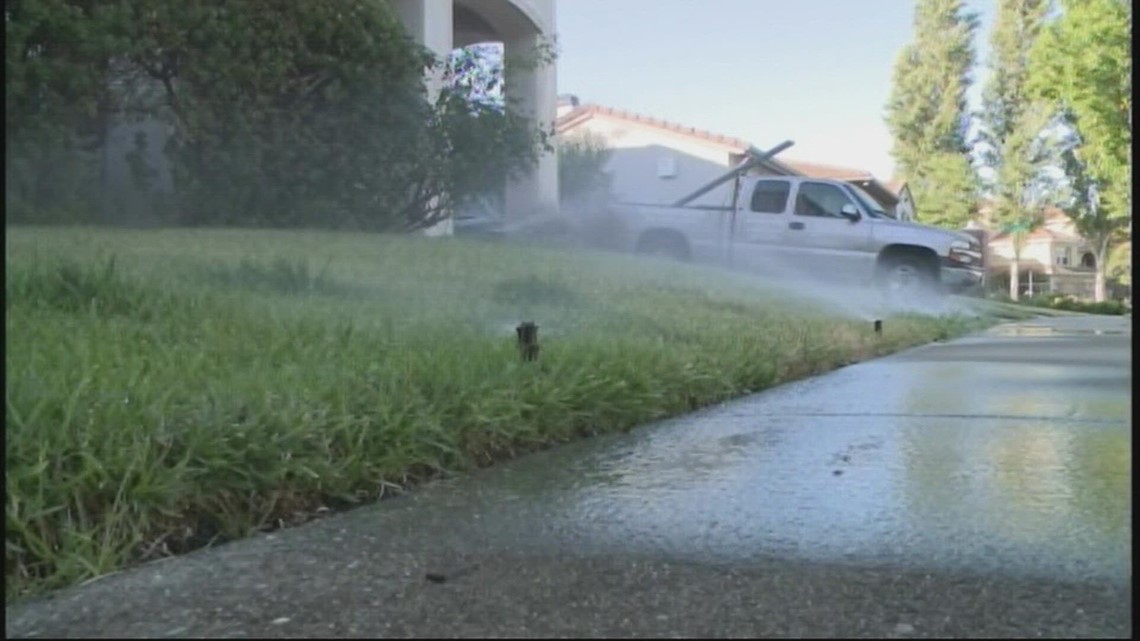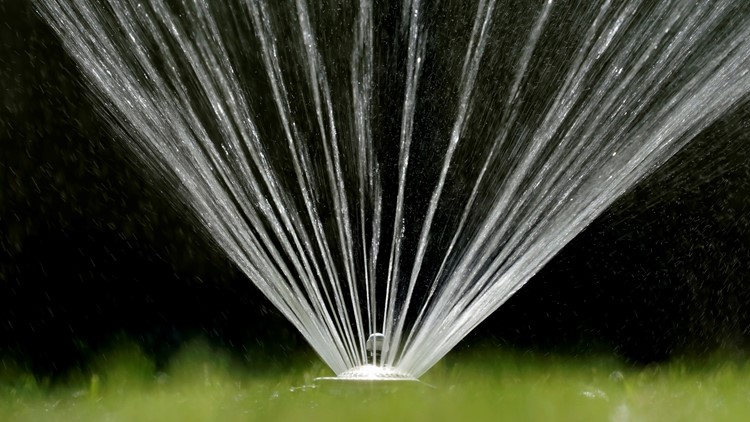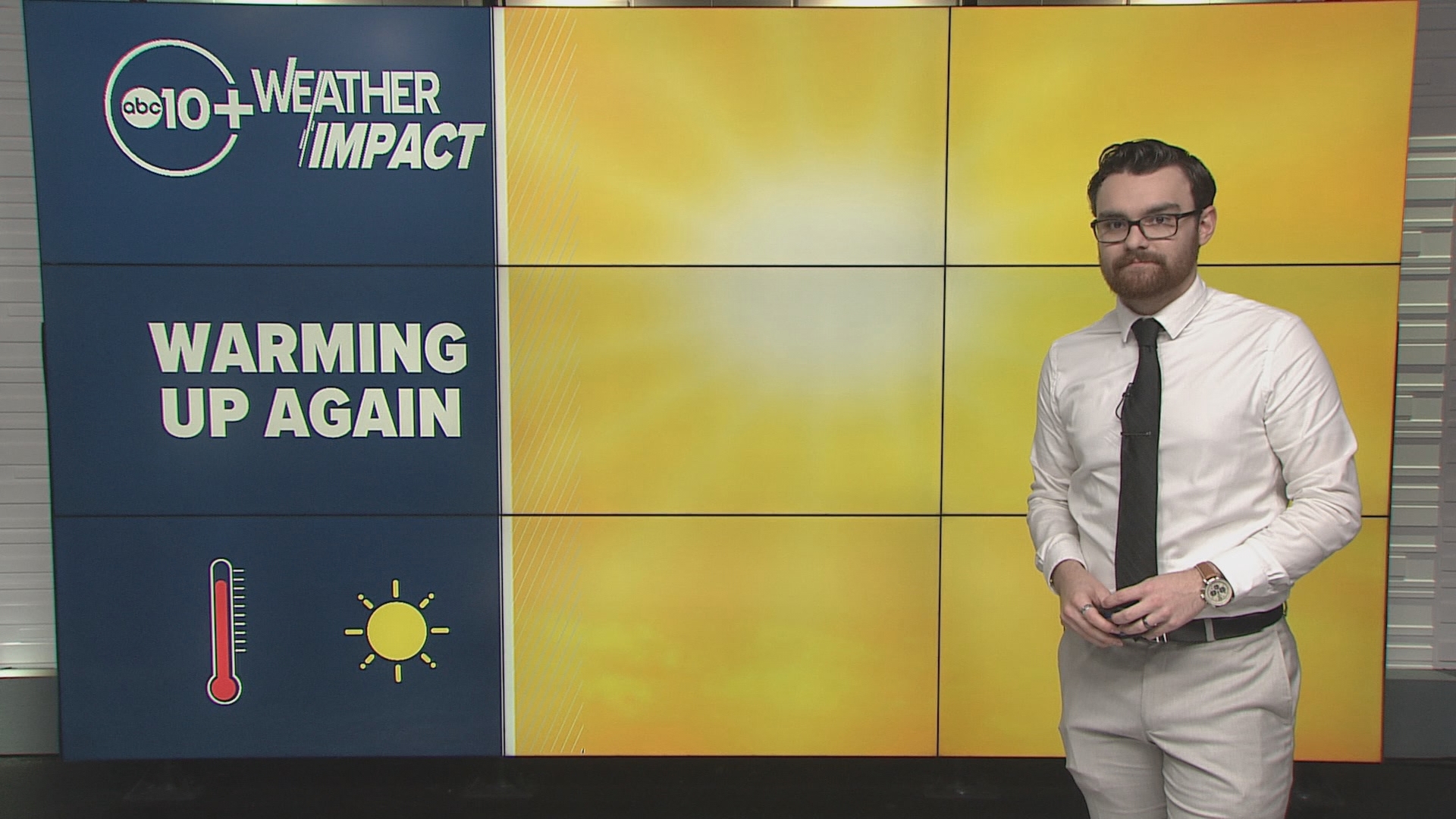SACRAMENTO, Calif. — The Great American lawn, the setting for barbeques, wiffleball games, and picnics for generations, could be the next causality of the climate crisis in the west. In reality, experts say the lawn should never have existed in California in the first place.
"It's insane how much goes into keeping this carpet that really never belonged in California. It's just to fit this suburban sort of myth of the Great American lawn," said Haven Kiers, UC Davis associate professor of Landscape Architecture and Environmental Design.
California's hot, dry summers, attributed to the Mediterranean climate, are not conducive to lush green lawns, and as the west gets hotter and drier due to climate change, states like Nevada are banning home lawns in an attempt to conserve water.
As the state's parched reservoirs reach record low levels and the land continues to subside due to overdrawn aquifers, many Californians continue to supply their lawns with water. With lawns covering 2% of the continental U.S., grass can be considered the largest irrigated crop by acres in the U.S., according to NASA.
RELATED: Sacramento Weather Forecast
Grass consumes large amounts of water, water that the west does not have to spare, according to Scientific American. About half of residential water use in a single-family home goes to outdoor watering, like grass, according to Carlos Eliason, spokesperson for the city of Sacramento. Meanwhile, drought-tolerant landscapes use about a third of the water as regular lawns.


New landscaping strategies under the name xeriscapes could assist in alleviating the stress on water systems. “Xeri” derives from the Greek prefix for dry, so xeriscape is a ‘dry landscape’.
However, this can be a bit misleading. Dry in this case refers to the amount of irrigation needed to sustain it. Xeriscapes rely almost solely on water supplied by the environment, meaning the plants selected are accustomed to our climate. In a word, the modern approach to California landscaping is xeriscaping, according to CalRecycle.
There's many misconceptions surrounding drought-tolerant landscapes as well. Many might picture a drought-tolerant landscape as a barren landscape of gravel with a few cacti sprinkled in, but that is not necessarily the case.
“I think one of the myths of xeriscapes is that you can just cover your lawn or cover the front yard with gravel, and you know, maybe five plants, and that's good," said Kiers. "In terms of heat retention, the urban heat island, these front yards that are just all gravel or rocks are absorbing so much heat and they're radiating it all back.”
By contrast, the city of Sacramento encourages river-friendly landscaping, which they describe as "an environmentally friendly, holistic approach to gardening that works with nature to reduce waste, prevent pollution, and support the integrity of one of California’s key ecosystems -- the Sacramento River Watershed. "
In a place with a great growing climate like Sacramento, there's infinitely many options. Professor Kiers recommends using plants native to California, such as salvias, sages and oaks to reconfigure your yard along with mulch to keep the soil cool and moist. Planting trees in cities and residential areas is key to reducing the urban heat island effect, which can raise city temps by up to 7 degrees, according to the U.S. Environmental Protection Agency.
Resources like the California State Water Resources Control Board's river-friendly landscape guidelines or Calscape.org can provide inspiration in designing your yard and selecting the right plants.
Professor Kiers also says that xeriscapes are far less work than a typical lawn.
"Once things are established, then it really is (less work). You cut it back every now and then and weeding is the only issue," Kiers said.
City-run initiatives and programs are available to encourage people to undertake lawn conversion as well. The city of Sacramento has a program that incentivizes people to rip up their lawns and convert their yards to xeriscapes. Currently, people can receive up to a $3,000 grass converter rebate for replacing their lawns and businesses can get $50,000.
WATCH ALSO:





















